Interview with Jonas Jacobsson, from Sweden
Hello Jonas, can you tell us a bit more of you?
Well, I’m 25 years old and currently in my final year on my masters in Industrial Design Engineering, here in Gothenburg Sweden. So studying to become an engineer is what I spend most of my time doing actually, although what people see is probably mainly my photography. If I could I would probably want spend most of my life exploring the world as I feel that is the most rewarding and humbling experience you can have. That is also perhaps my biggest goal with my photography – exploring and trying to capture inspiration that I can forward to people among me that see my work. Forwarding the inspiration so to speak.
When did you first know you wanted to be a photographer?
That’s kind of hard to define at exactly what point one become a “photographer”. I guess anyone can call themselves a photographer if they capture something visually, so it’s rather what type of photographer do you see yourself as. Once it becomes more than a casual hobby and requires you to invest a lot of money (especially if you’re a student and don’t have a lot of cash to spare) I think you have to ask yourself if it’s something more than just a hobby.
So to answer your question, I think I started to market myself as a “professional freelancing photographer” about three years ago.
You shoot portraits, cities, lifestyle, weddings, food… but what is the favorite genre of your heart? Can you explain why?
Exploration in all its form. That’s the funny thing, people want you limit yourself as either a “urban” or landscape/nature photographer but I say why can’t you do both? I enjoy exploring massive cities like Tokyo as much as I enjoy climbing mountains in Lofoten, Norway. So I would just say documentary, explorative travel photography. If that can be a category. The best thing about that is that you can vary your trips and you get to see so much more. There are different things I like about the two so they complement each other well I think. Different seasons for different trips.
Wherever I look it is very rare that you see someone doing more than one genre, or at least sharing more than one, which is something I find troublesome. It creates an environment where the vast majority only believes it’s okay to showcase one area of photography. Either you are purely a wedding photographer or a landscape photographer. Or street, but only one of those can fit in your portfolio. I think that is so wrong and it limits you in so many ways, which is really sad. An instagram-feed containing only one “style” of image can be so deceiving, of course the person shoots other stuff too, not only the same style all the time. I can feel that “limit” sometimes as well and it annoys me, why can’t you be good at several areas and showcase that. I want to push the message that it’s okay (and better in fact) to be good at more than one thing. So that’s a little bit on how I see my philosophy of photography.
Traveling and exploring the world will always be the biggest passion for me. And today I can get recognition for some of the photos I and stories I make from those trips, but it’s the work from weddings and such that allows me to go on those trips in a way. For me it will never be about the money, I just want to forward my inspiration for seeing the world and spread the message that more should spend their time and money on experiencing new places and meeting new faces.
What can we find in your camera bag?
I’ve been shooting Fujifilm for the last four years and currently my kit is made up of an X-T1 and X-Pro2 (main) as camera houses and lenses of 14mm, 18mm, 23mm f1.4, 35mm f2, 56mm and I also often borrow longer lenses such as the 90mm and 55-200mm or 50-140mm from Fujifilm Nordic when I get the chance. Some lenses I buy and sell occasionally, depending on what on how my style changes over time. Also I own the X-Pro1 which I use from time to time. Love that camera.
For how long have you been using Fujifilm cameras? What were you using before and why did you decided to get a Fujifilm camera?
(Mentioned that above) Four years now and counting. I had been shooting Nikon, Canon and Panasonic/Olympus (in that order) before I tried an X-E1 in 2012. The main reason for switching was that I had become tired of my photography, gear and everything about it and needed a change. I was very intrigued by the rangefinder-style of a camera, size and image quality. The X-E1 while slow and quirky, had everything I was looking for at that point. It was fun, creative and brought back my entire passion for photography again in a way I had not experienced it before. And from that it just improved and evolved via the X-T1 in 2014 and so on.
If you could choose one, and only one lens, what would it be? Why?
Oh that’s tough. Looking at my photography and work I would probably say the XF 14 mm actually! That lens has been so amazing to me and I’ve created my best work by far with that lens. Obviously it is not the most well-rounded lens at 21 mm equivalent, but for me it has been simply amazing. So I feel a certain thankfulness to that little piece of glass, we’re best friends for sure. Small and light too.
Other than that the 23 mm f1.4 is very flexible in it’s use and I’ve grown very fond of the new 35 mm f/2 as well so I do hope Fuji continues on building that new compact f/2 line of lenses.
Do you love to travel. Do you think the Fuji X System is the best companion for those who want to travel and why?
Obviously, yes! While it has been the best system for me, I think it’s important for everyone to find out what works best for them. It’s a very personal preference, it has not only to do with size and weight. The most important thing is to really, really enjoy the gear that your using, only then will you start to bring it with you everywhere. Shorter “trips” like everyday stuff is as important I think as longer trips to foreign continents. For me I the X-system is a joy to use. I still pick up the camera pretty much everyday because I enjoy holding it in my hand and using it. That may be of course since industrial design is also what I’m studying and I’m a bit nerdy at that sometimes. But I profoundly believe in loving your gear is important.
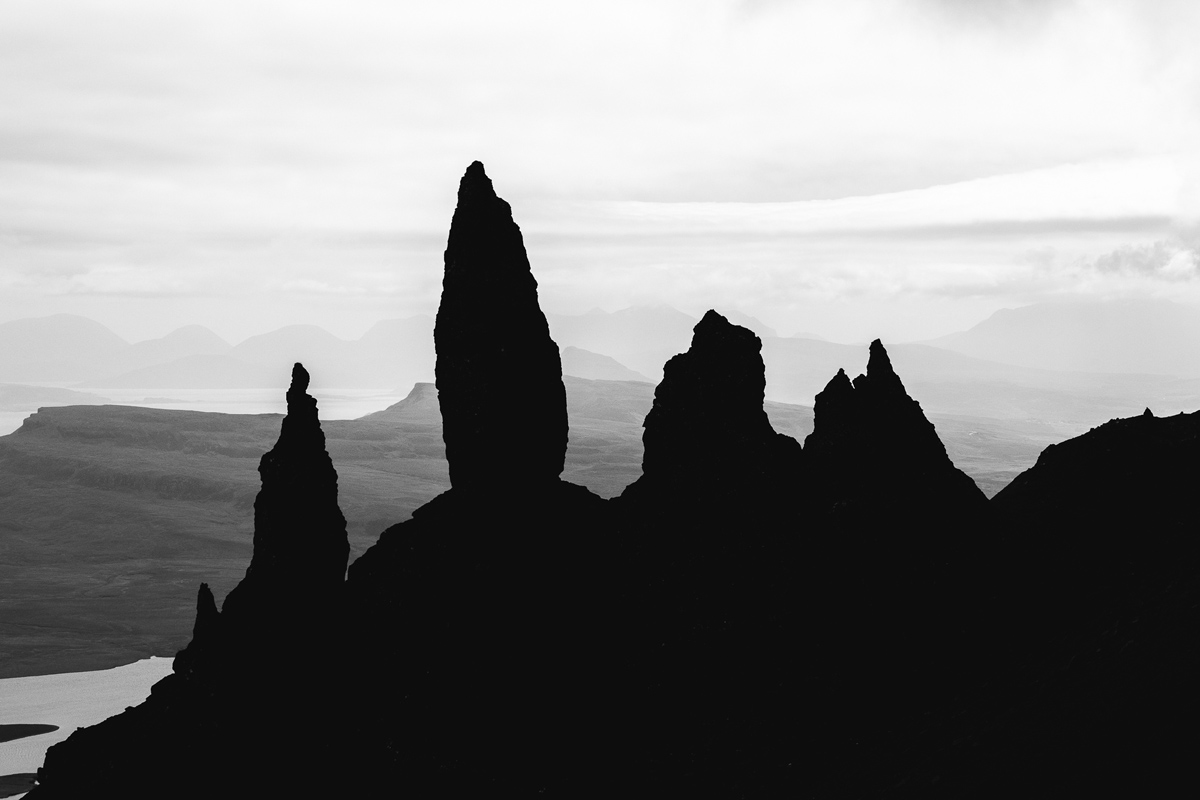
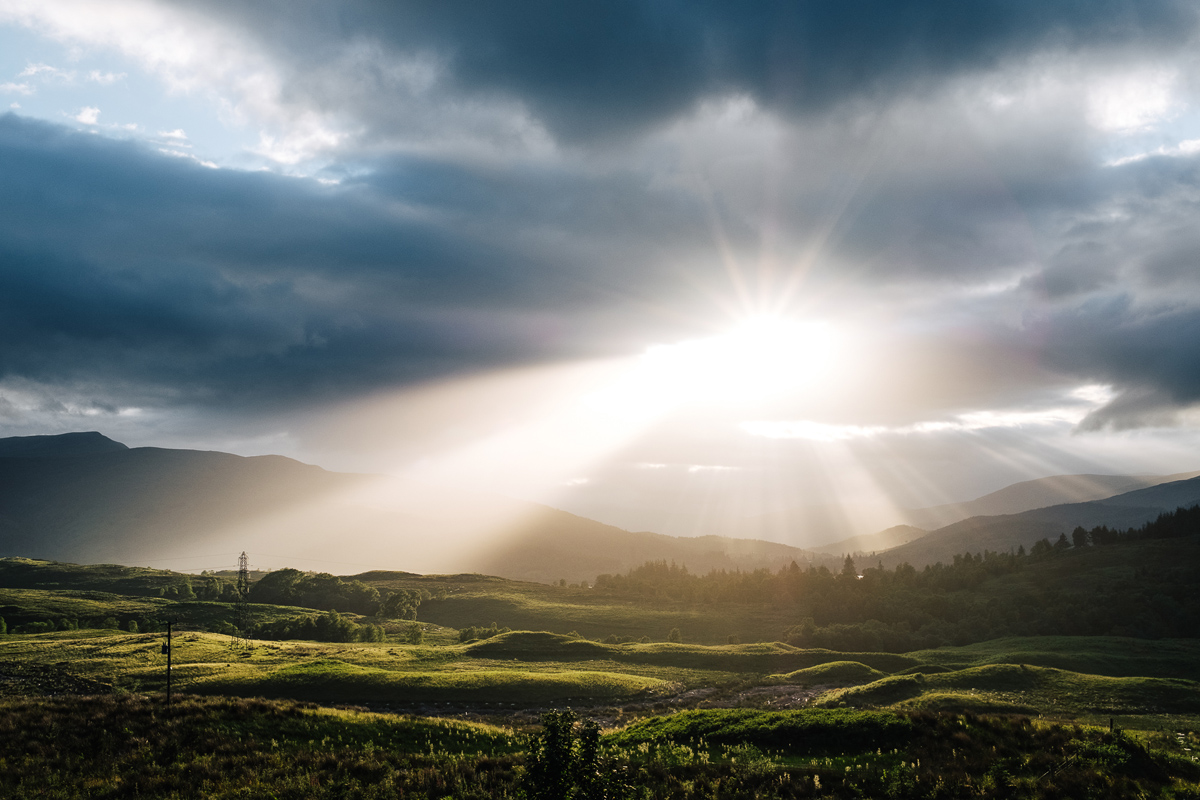
The story and photos of your trip to Isle of Skye & The Glens are fantastic. Do you want talk a little about this trip? What motivated you?
The sub-headline for that trip and project was “A trip I should have made a long time ago” and that I think says a lot. I’ve always (or at least for as long as I can remember wanted to go to Skye. Can really pinpoint exactly how or why but I’ve always felt a special connection to the Highlands and Skye. One of the aspect I think is that I’m actually quite fond of rough weather and that is pretty much a guarantee when going there. The rugged and harsh feeling of Scotland attracts me in i big way and although we went there during a “friendly” season (summer) there were howling winds and a whole lot of rain. There is an incredible amount of soul to the landscape and nature there, it’s impossible not to get touched by that. When I travel I always want to feel some sort of attraction to the place I’m heading to before I go, as I feel that makes me produce and capture better images and moments when I go.
So for me to go there on my 25th birthday meant a lot and we had an incredible time for sure. If possible I will go back many more times over the next years. It’s quite close to me in Sweden so that makes it more convenient as well.
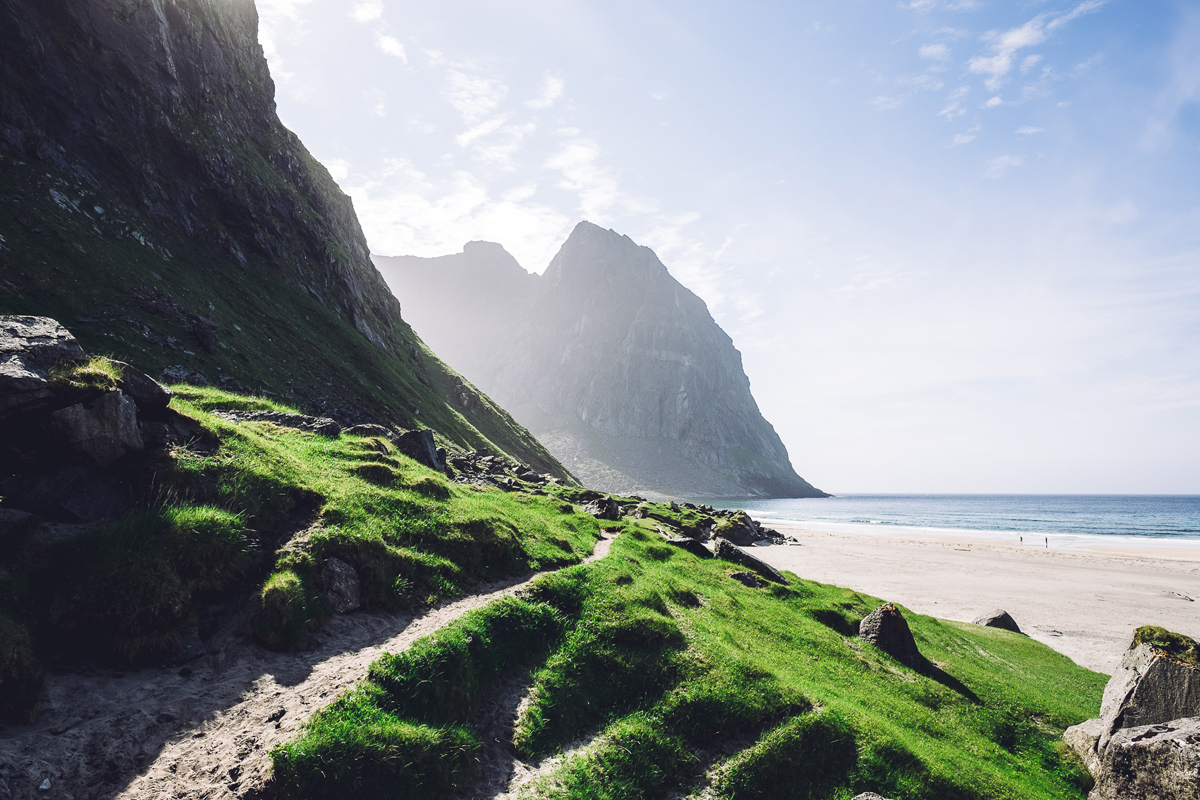
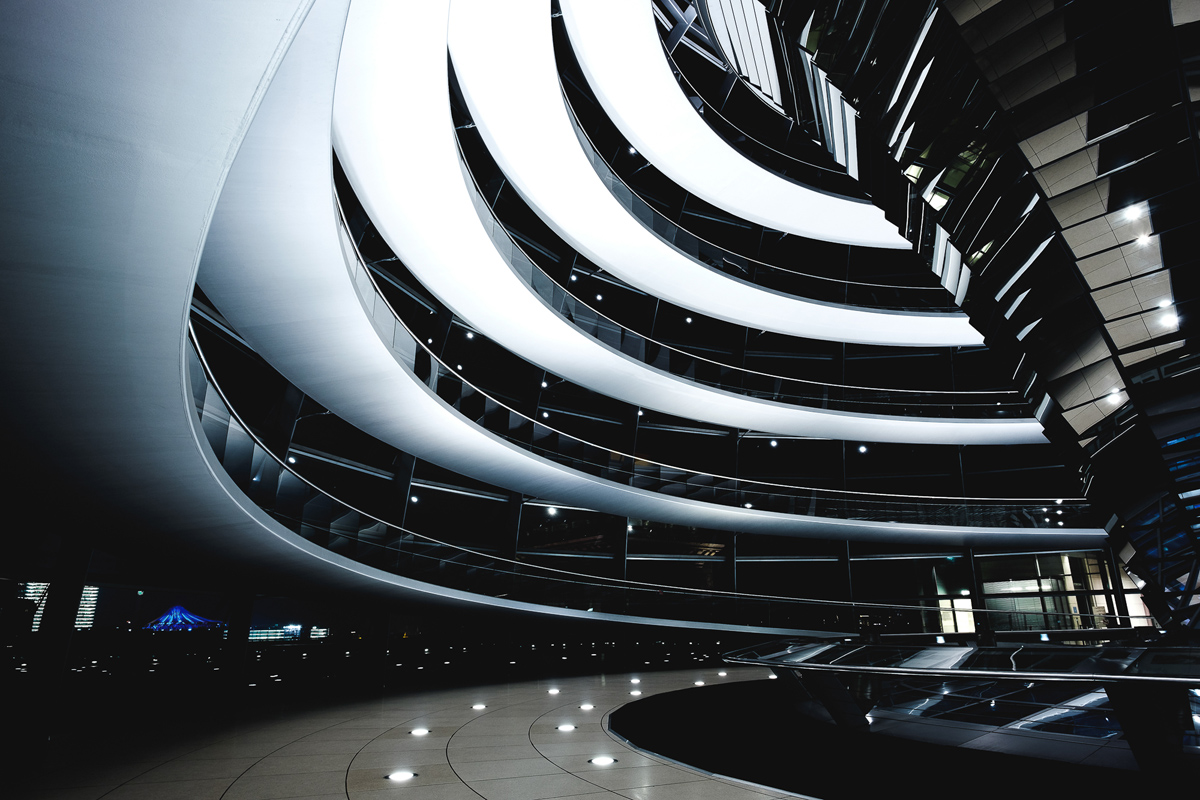
Can you explain how it behaved the equipment? What did you liked most, and less, using your Fuji system?
I’ve never had a complete breakdown of the Fuji-X system in any way. The X-T1 that I have used the most has been fantastic for me and changed my photographic career more or less. For this trip I used the X-Pro2 solely and had the X-T1 only as a backup. Everything worked wonderfully, even though I sometimes find myself switching lenses (pretty much only use primes as I mentioned) perhaps a bit too much and could have used the convenience of a 16-55 for example. But I do enjoy the craft more when I use primes, makes it a lot more fun and less of a “mission”.
The Fuji offers a serie of film simulation? What’s your favorite (or favorites)?
I would say the Classic Chrome. First I wasn’t that into the look of the simulation when everyone was raving about it but now after some time and some slight tweaking to it I have found a good use of it. The best thing is that it’s easy on the eye and very muted. Consistent and flexible.
Provia and Acros are also frequently used, but it takes time I think to change workflow and you don’t want to be switching too often if you want to create a coherent feed and portfolio.
Can you describe your photography workflow, from the moment you go outside to shoot until you sit in front of a computer to process the images?
Oh that varies a lot I would say. It’s very much depending on if it was a job/assignment or if it’s just my daily photography. In terms of work I always come home and copy everything from the memory cards so I have a backup if anything should happen. Since I do all my editing more or less at home on my iMac I can’t start the editing process until I’m home again so when I’m out traveling I just do the backup and then wait until I get back. I feel it’s very important to deal with images in a consistent manner and doing it on the same computer and monitor every time is therefore important. When I do the edits for weddings I first take a long look at the photos and see how the JPEGs turn out (sometimes I use some of the JPEGs with a minor edit if I really like the look) and the start off at the trying out what works best for the RAW-files. The thing is I have a couple of presets that I use, depending on the situation and environment, and I try to see what would work best for the entire shoot. So if I’m doing a wedding I will spend some initial time working out finer adjustments that will work for more or less all the images, so that usually takes some time in the beginning but will save me a lot of time in the long run I think. That’s my greatest tip as well for those out there that tries out a lot of developing presets and never seem to find a good look – keep it simple and keep it consistent. And my 27″ iMac is a key tool in this process, not so fond of doing edits on the iPad or even my MacBook.
For my daily shooting it depends also if I want an image for instagram or for my website, then I just do it immediately when I come home. Other times I and see what I have come across during the week and then sum it up on a blog post at the end of the week or so.
I do all my work in Lightroom and try to keep it as simple as possible. Nothing extreme. The editing process is very important to achieve what you want but at the same time I’d rather be outside photographing and experiencing the world rather than sitting in front of the computer. Balance is important, you must never let photography become purely a computer-based activity.
What was your most memorable assignment and why?
Tough question. The work that I’m most happy with has not been assigned in beforehand but rather after I’ve shot the image(s) and the number one has to be my contribution to Gestaltens “The Great Wide Open” book (http://shop.gestalten.com/great-wide-open.html) in which a number of my photographs from Switzerland, Iceland and Lofoten made the cut. A real humbling experience to share that great book with some of the best outdoor and landscape photographers out there. Very happy about that one.
The funny thing is that I believe I have gotten so much better in my craft since then (most of the images I shot two years ago) and believe I could have contributed with even better material. It says something about timing and also that you need your images to be discovered in order to get a chance like that, which can be a very elusive and tricky matter.
Other than that it is a number of publications that I have had the opportunity to showcase my photography. Finding your images in magazines, and especially in good quality print, is a very special feeling knowing how people around the world can pick up the same issue in their hands.

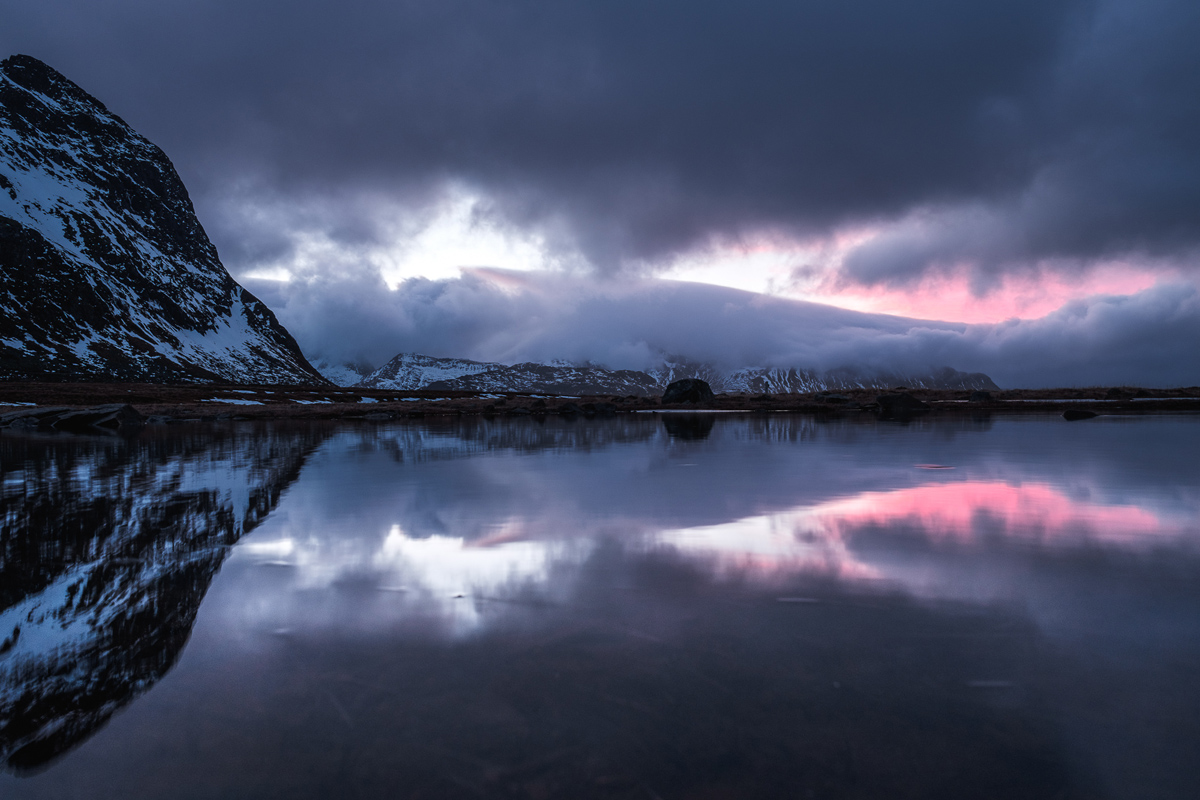
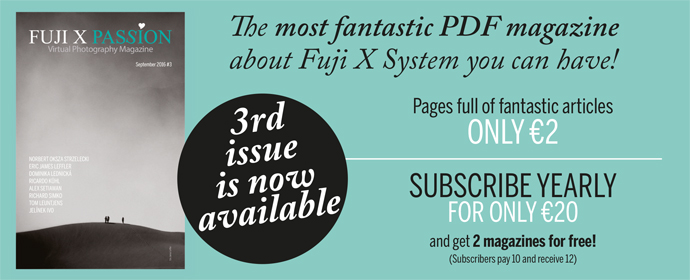

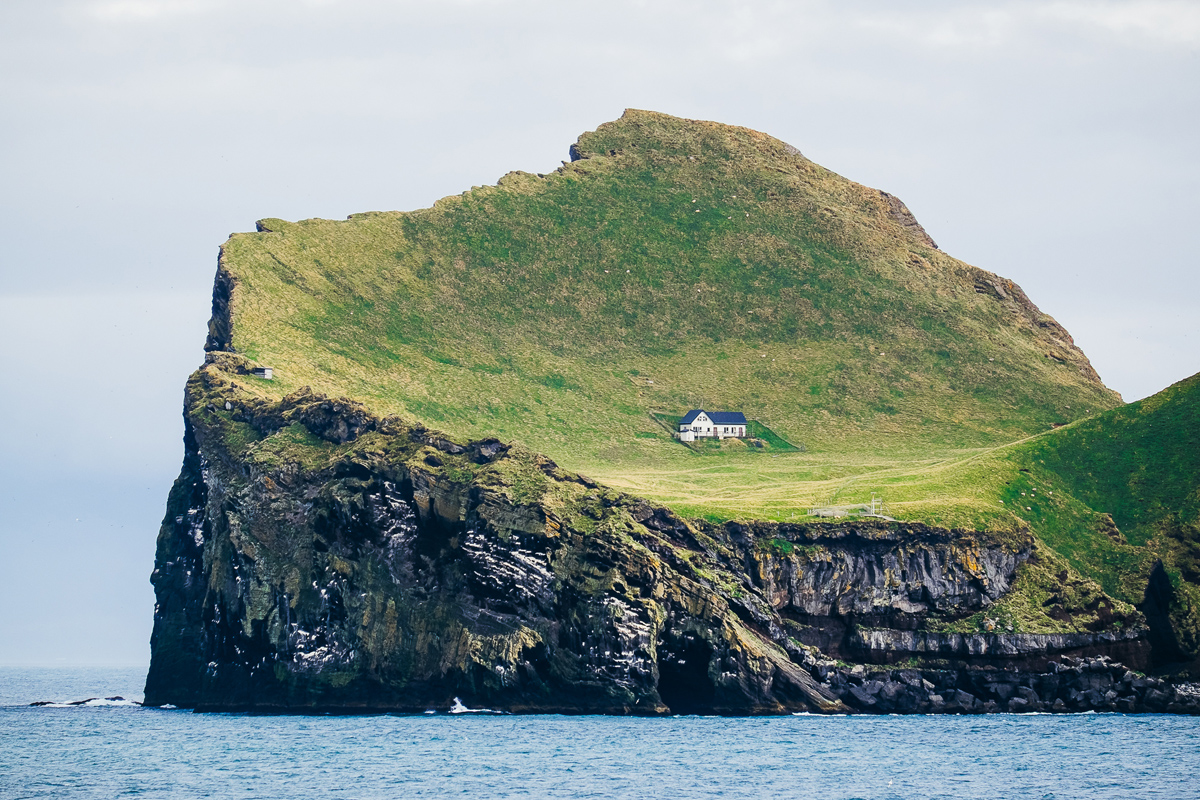

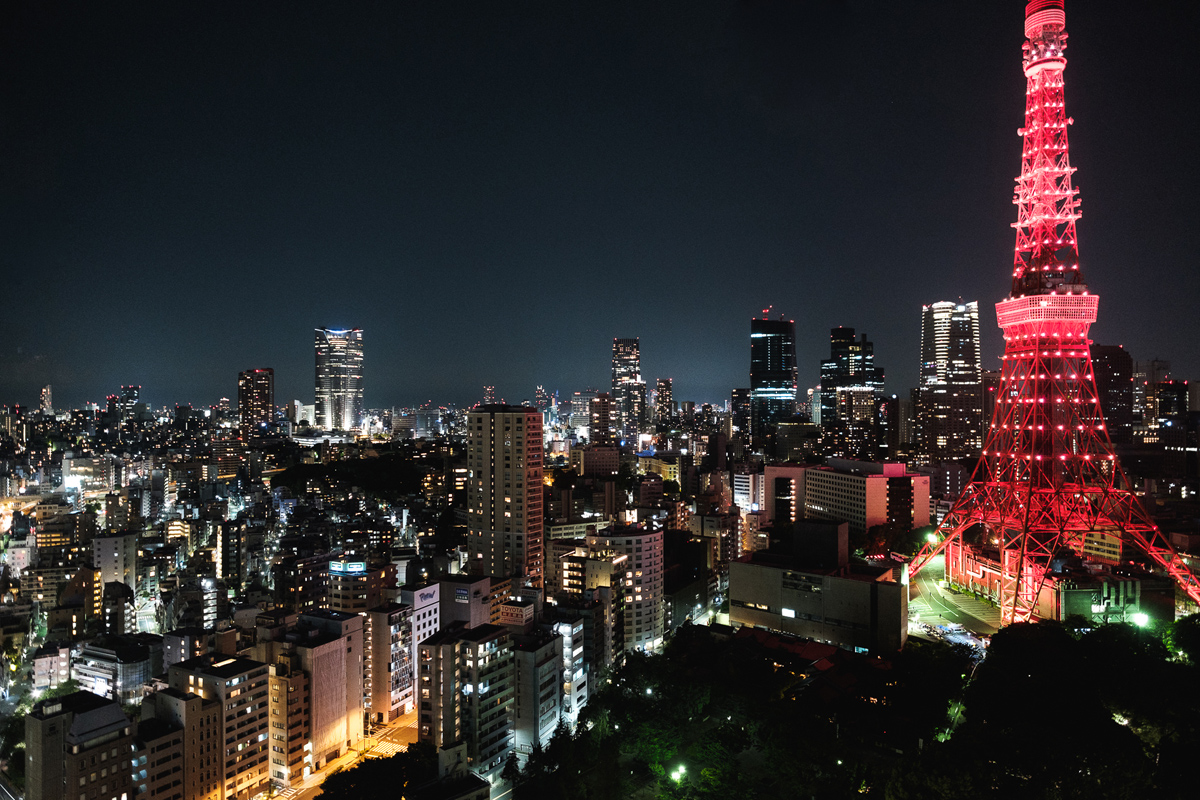
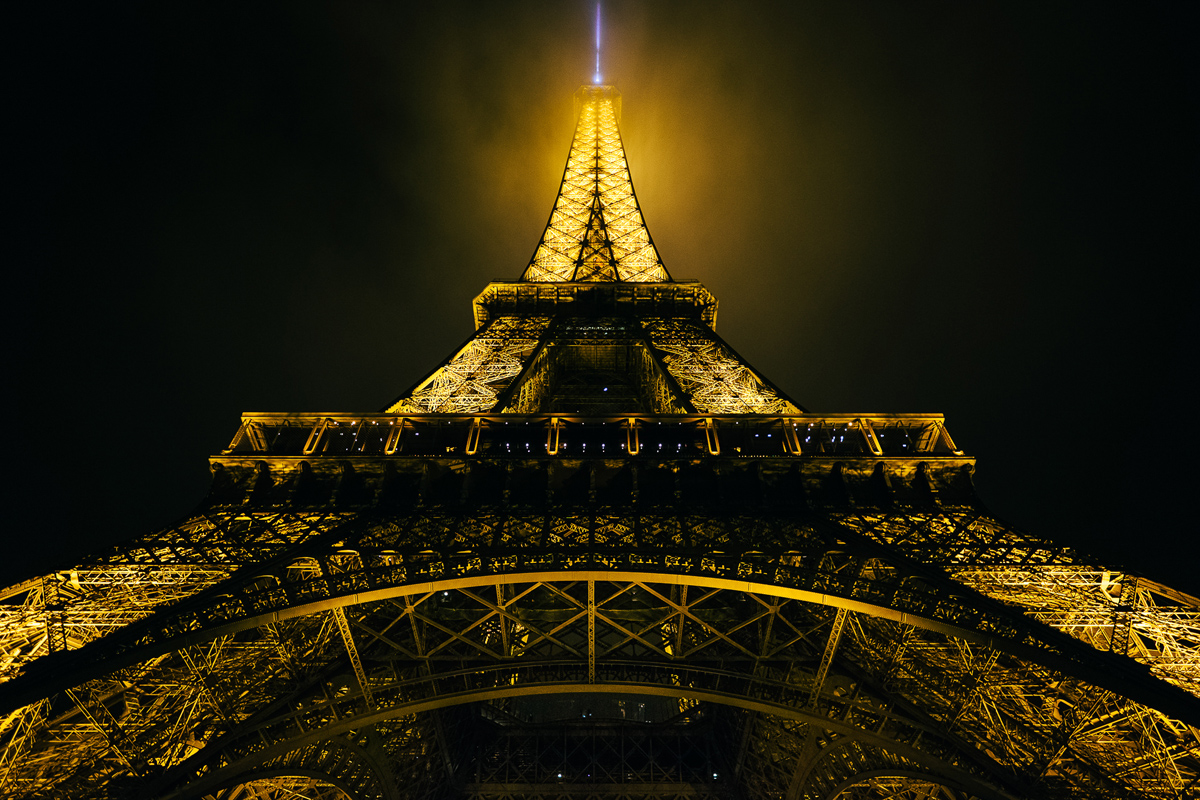
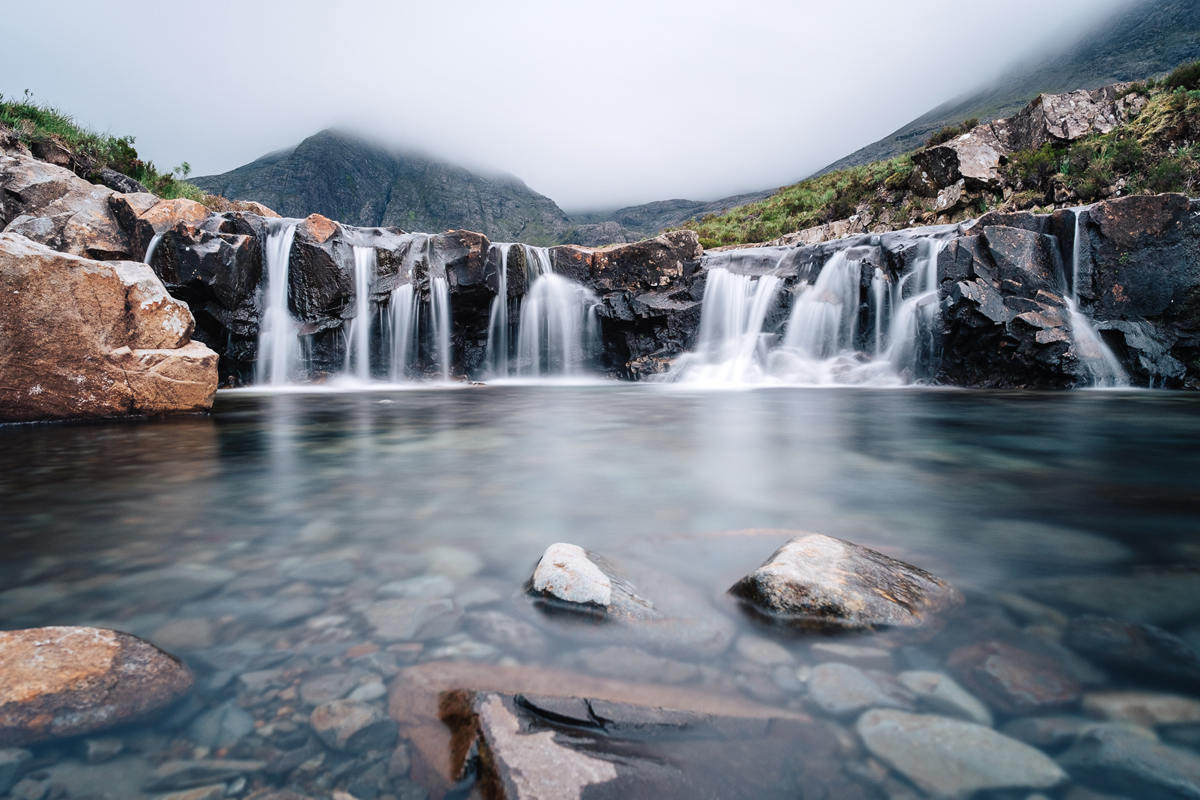

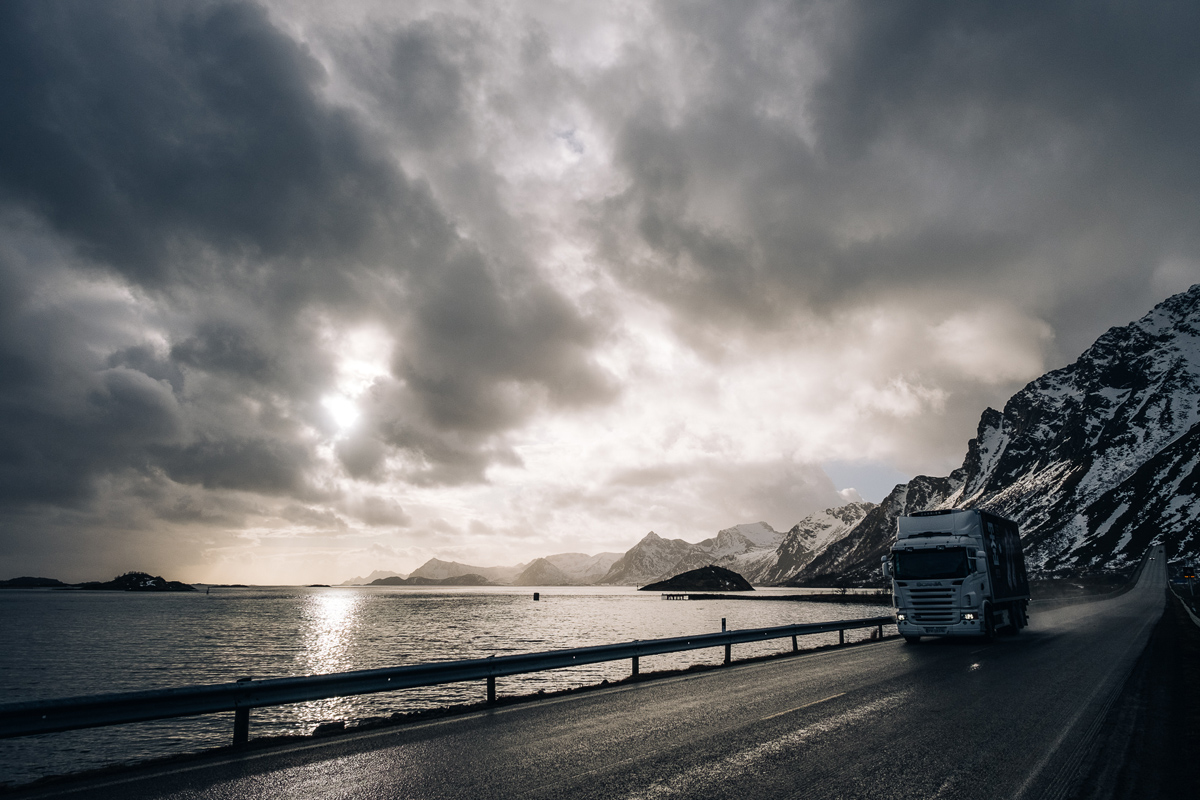

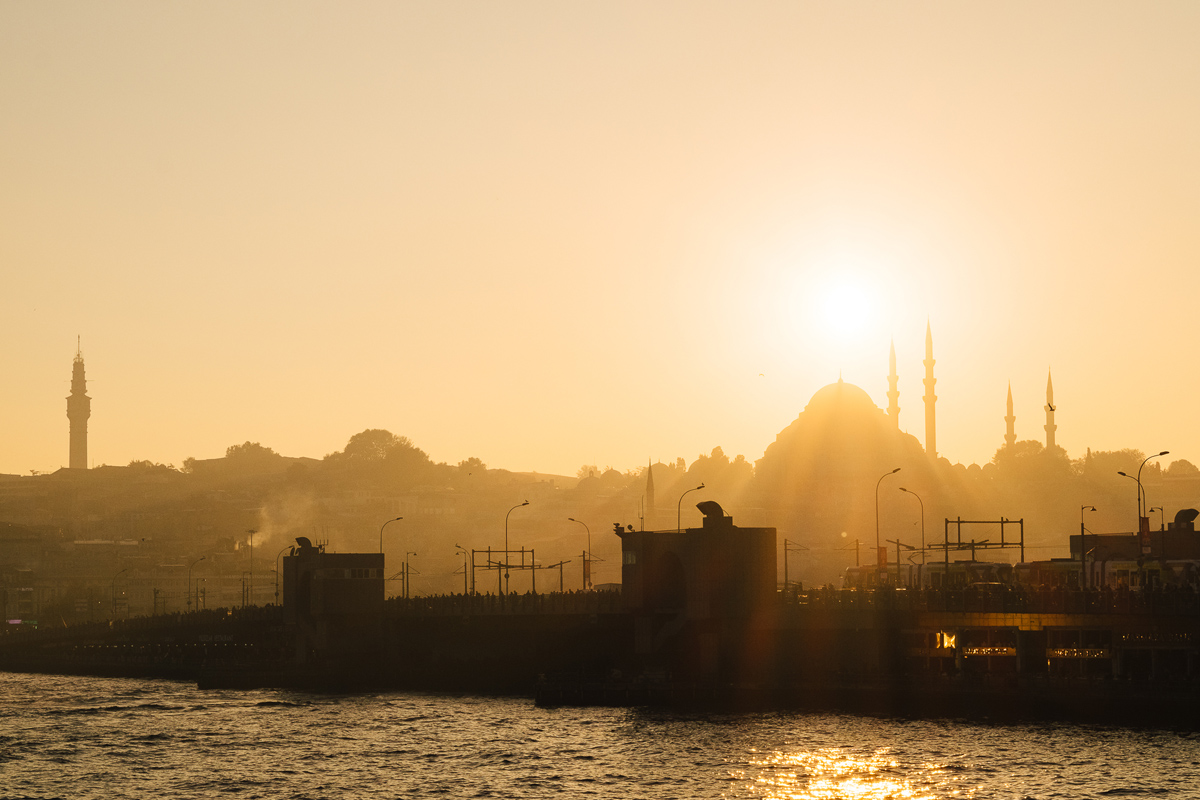
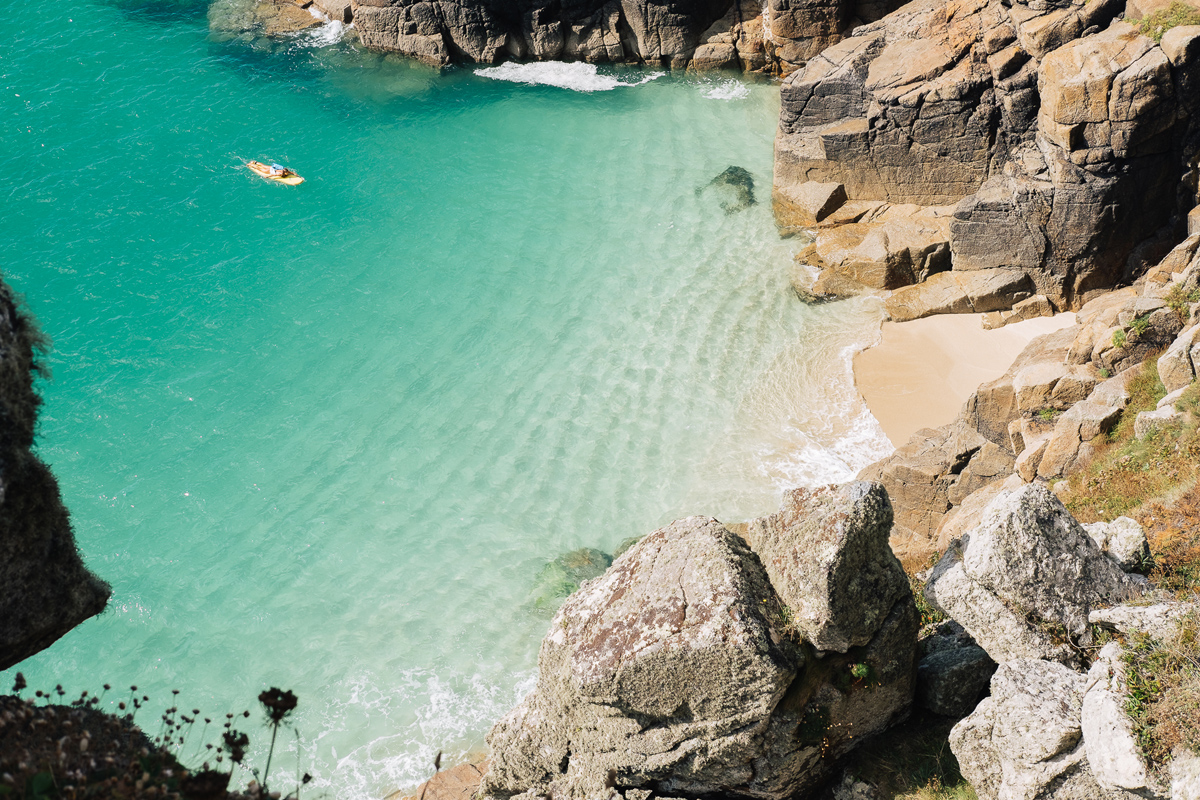
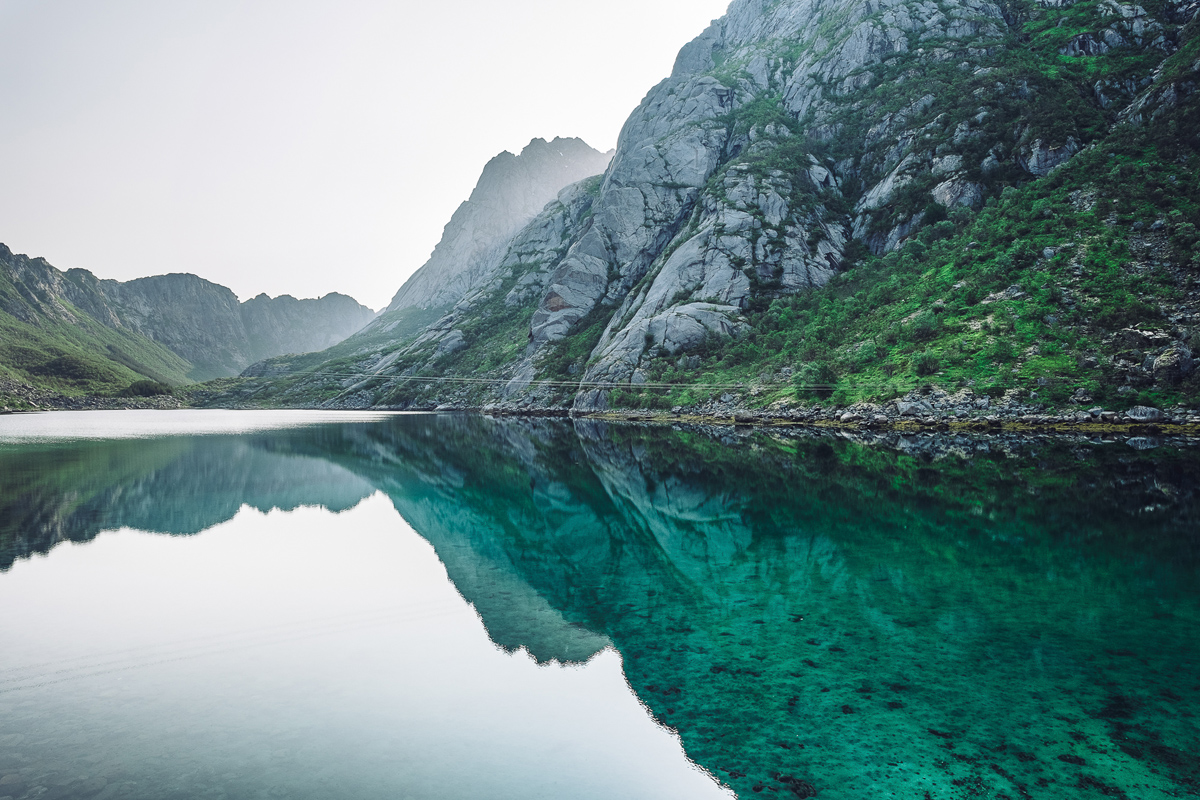
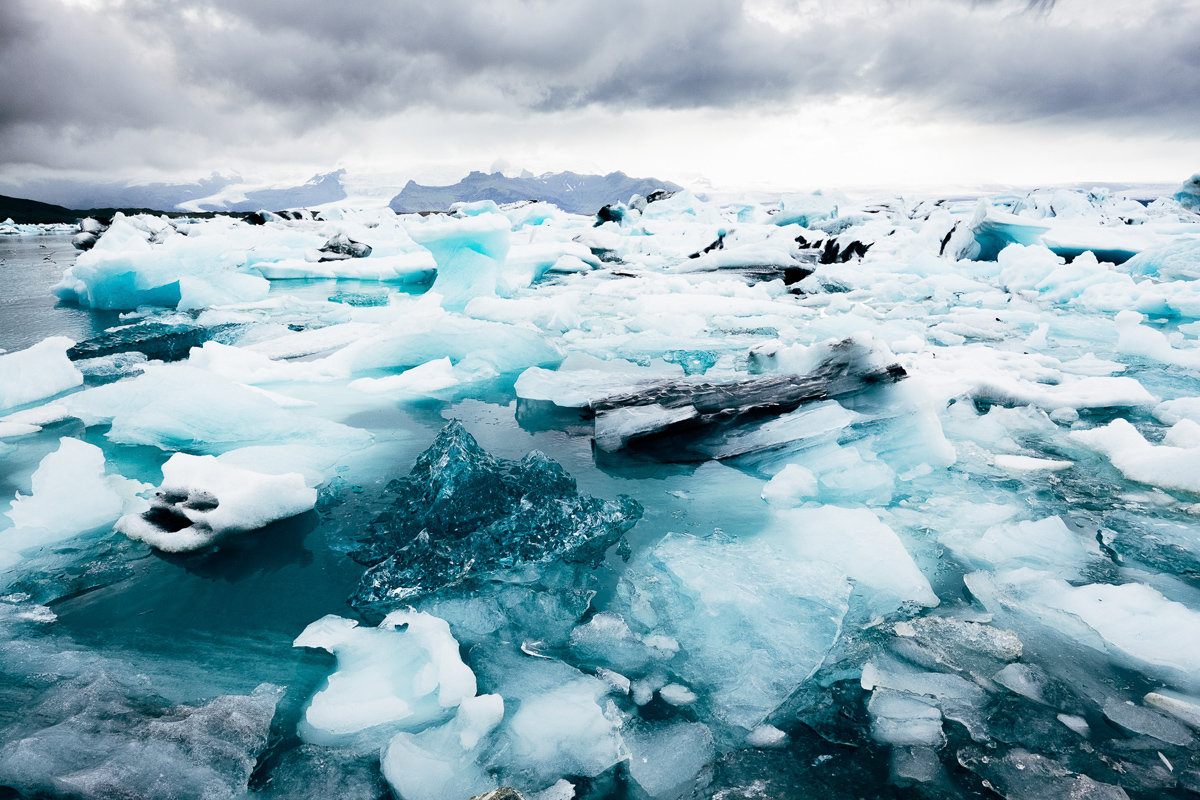

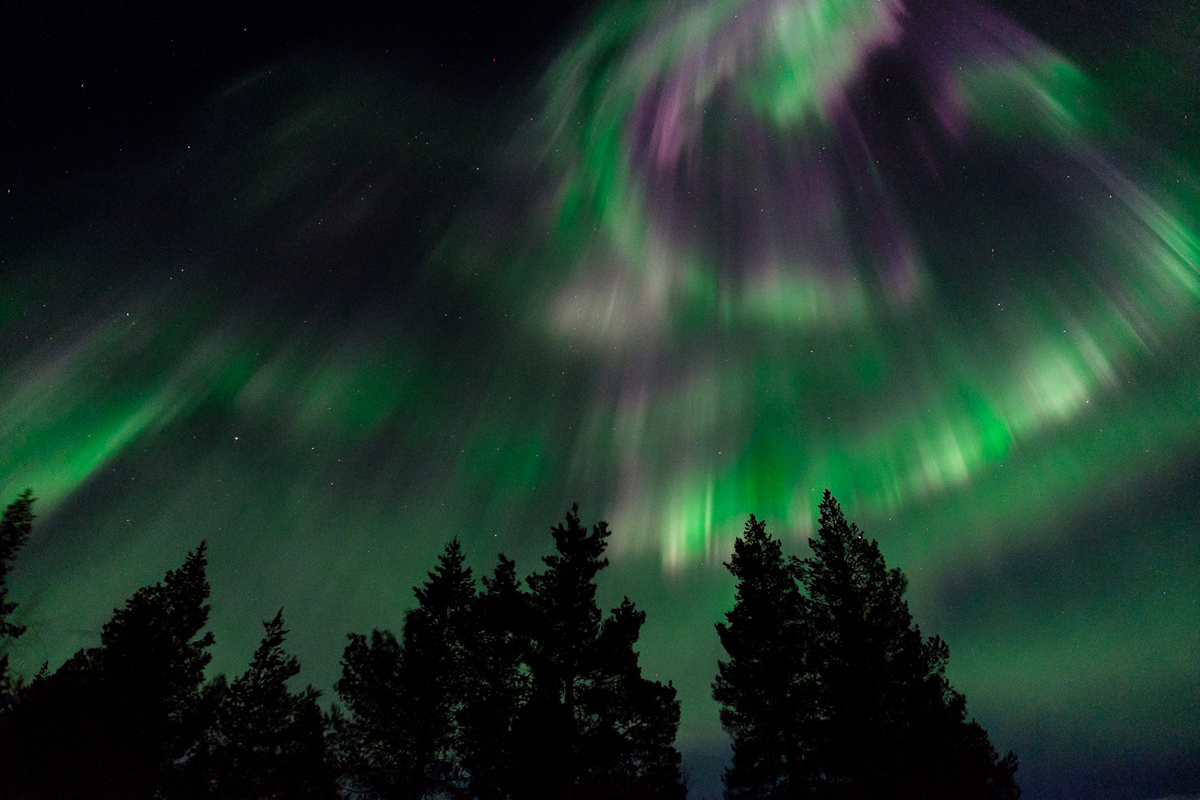




Interview with Jonas Jacobsson, from Sweden | F...
September 6, 2016 @ 10:22 am
[…] I’ve been shooting Fujifilm for the last four years and currently my kit is made up of an X-T1 and X-Pro2 (main) as camera houses and lenses of 14mm, 18mm, 23mm f1.4, 35mm f2, 56mm and I also often borrow longer lenses such as the 90mm and 55-200mm or 50-140mm from Fujifilm Nordic when I get the chance. Some lenses I buy and sell occasionally, depending on what on how my style changes over time. Also I own the X-Pro1 which I use from time to time. Love that camera. […]
Interview with Jonas Jacobsson, from Sweden | F...
September 6, 2016 @ 6:01 pm
[…] Hello Jonas, can you tell us a bit more of you? Well, I’m 25 years old and currently in my final year on my masters in Industrial Design Engineering, here in Gothenburg Sweden. So studying to becom… […]
Interview with Jonas Jacobsson, from Sweden | Fuji X Passion
September 8, 2016 @ 1:58 pm
[…] Source: Interview with Jonas Jacobsson, from Sweden – FUJI X PASSION […]
Interview with Jonas Jacobsson, from Sweden | D...
September 11, 2016 @ 2:12 pm
[…] Hello Jonas, can you tell us a bit more of you? Well, I’m 25 years old and currently in my final year on my masters in Industrial Design Engineering, here in Gothenburg Sweden. So studying to becom… […]
Thaís Tabosa
September 18, 2016 @ 5:29 am
Jonas is such an inspirational photographer! Loved the interview